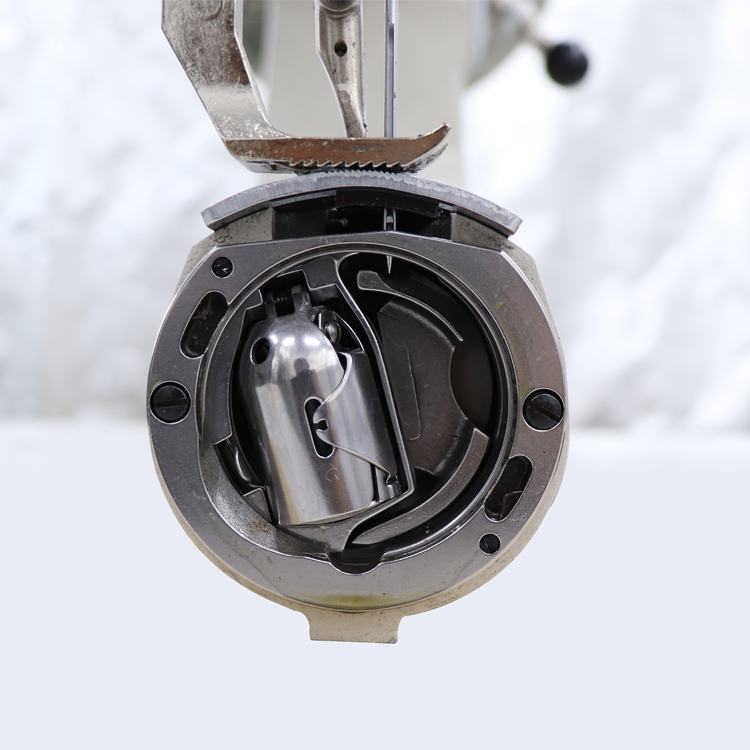sewing machine for reupholstering
The Essential Sewing Machine for Reupholstering A Guide for Beginners
Reupholstering furniture can breathe new life into tired pieces, transforming them into showstoppers that enhance the aesthetics of any room. One of the most crucial tools for any DIY enthusiast or professional upholsterer is a reliable sewing machine. Understanding the features and types of sewing machines best suited for reupholstering can make a significant difference in your project’s outcome.
Why Choose the Right Sewing Machine?
When selecting a sewing machine for reupholstering, it’s essential to consider the thickness and type of fabric you'll be working with. Upholstery fabrics are generally thicker and heavier than the materials used for standard sewing projects. As such, a standard sewing machine may struggle with the bulk and density of upholstery materials, leading to frustration and subpar results.
Types of Sewing Machines for Upholstery
1. Heavy-Duty Sewing Machines These machines are specifically designed to handle thick fabrics and multiple layers of material. They often come with stronger motors and heavier frames, allowing them to sew through upholstery materials like denim, canvas, and upholstery vinyl without skipping stitches.
2. Walking Foot Sewing Machines A walking foot machine features a special presser foot that moves both the upper and lower layers of fabric simultaneously. This characteristic is particularly beneficial when working with slippery or thick materials, ensuring even feeding and preventing puckering.
3. Commercial Sewing Machines For those who take reupholstering seriously, investing in a commercial-grade sewing machine can be advantageous. These machines are built for heavy use and can handle the demands of various projects, from small chairs to large sofas. They often offer advanced features such as multiple stitch options and industrial-level durability.
Key Features to Look For
When shopping for a sewing machine for reupholstering, keep an eye out for the following features
sewing machine for reupholstering

- Powerful Motor A machine with a strong motor is essential to manage thick fabrics effortlessly. Look for machines rated for heavy-duty use.
- Adjustable Presser Foot Pressure This feature allows you to adjust the pressure that the presser foot applies to the fabric. Being able to customize this setting helps in managing different fabric types and thicknesses.
- Stitch Variety A good sewing machine should offer multiple stitch options, including straight, zigzag, and decorative stitches. This versatility allows you to choose the best stitch for your specific upholstery project.
- Extension Table An extension table increases the sewing surface area, making it easier to manage large pieces of furniture or fabric.
Tips for Successful Reupholstering
1. Practice on Scraps Before tackling your main upholstery project, practice your sewing skills on scrap pieces of fabric. This practice will help you get comfortable with your machine and the types of stitches you'll need.
2. Invest in Quality Tools Besides a good sewing machine, invest in sharp scissors, upholstery needles, and high-quality threads. These tools ensure clean cuts and stitches, leading to a more professional finish.
3. Take Your Time Reupholstering can be a time-consuming process, but patience is essential for achieving great results. Allow yourself plenty of time to measure, cut, and sew, making adjustments as necessary.
In conclusion, a suitable sewing machine is a key component for anyone looking to delve into reupholstering. By choosing the right machine and equipment, you not only enhance the quality of your work but also enjoy the creative process of transforming furniture. Whether you're a hobbyist or looking to turn a passion into a business, investing in the right tools will ensure your success in the art of reupholstering. Let your creativity soar as you give new life to old furniture pieces!
-
Leather Sewing Machine: The Industrial Standard for Tough MaterialsNewsJul.18,2025
-
Sail Making Machine: Heavy-Duty Stitching for Industrial and Marine NeedsNewsJul.18,2025
-
Sling Sewing Machine: The Backbone of Heavy-Duty FabricationNewsJul.18,2025
-
Leather Sewing Machine: Precision for Heavy-Duty StitchingNewsJul.18,2025
-
Big Bag Sewing Machine: Powering the Future of Bulk PackagingNewsJul.18,2025
-
FIBC Sewing Machine: Essential Equipment for Bulk Bag ProductionNewsJul.18,2025
-
Heavy Duty Leather Sewing Machine: A Must-Have for Professional LeatherworkNewsMay.28,2025





























